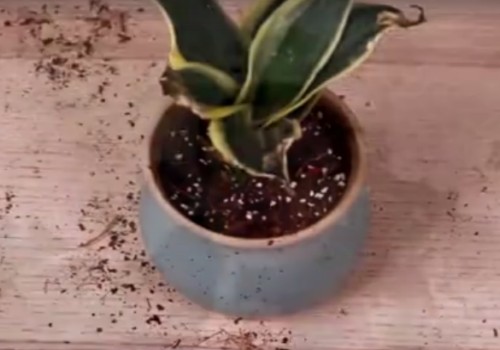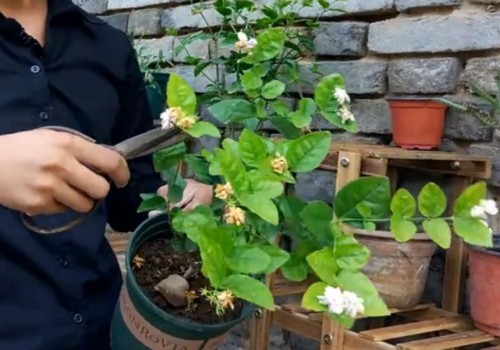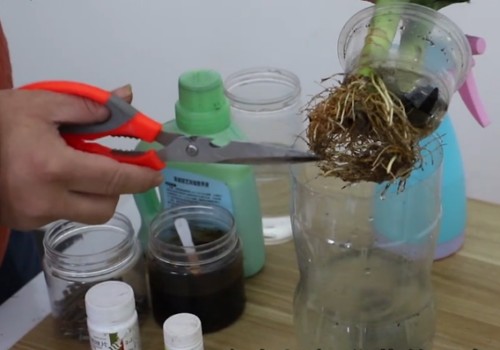What if the leaves of Tiger tail Orchid turn yellow?
Tiger tail orchid is beautiful and ornamental, but sometimes the leaves are yellowed because of inadequate maintenance and management. So, what if the leaves of Tiger tail Orchid turn yellow? Naturally, it is necessary to find out the cause of the yellowing of the leaves, and then prescribe the right medicine to save it.

When the leaves of tiger tail orchid turn yellow, it will inevitably reduce its ornamental value, and may also affect the normal growth, so we need to pay enough attention to it. And many people simply think that they only need to cut off the yellow leaves. In fact, it is still difficult to guarantee that there will be no more yellow leaves in the future.
The yellowing of the leaves of tiger tail orchid is a kind of bad symptom which is easy to appear, which will reduce the ornamental value of potted plants and may lead to fatal results at large. Therefore, as soon as we encounter the yellow leaves of Tiger tail Orchid, we should immediately begin to investigate the root cause of the problem.
Tiger tail orchid leaves yellowing phenomenon, the general crux of the problem lies in the root, that is, the root is damaged or rotted. And the way to determine if there is something wrong with the root system is also very simple. That is, we gently pick up the plant with our hands and hang it in the air. If the flowerpot and pot soil are held up together with the plant, it means that the root system is in a healthy and undamaged state.
But if we lift the plant by hand and the plant is immediately detached from the soil in the basin, it is enough to show that the root of the plant has been rotted or damaged. Then we take a closer look at the root system of the plant, in which case the general root system has withered. So, what should we do at this time?
1. We need to get rid of all the rotten roots, and then cut off the bottom of the root with scissors until we can see the white part of the root. Then put it aside to dry the wound, and it is best to use mancozeb solution to sterilize and disinfect the root before replanting.
2. Prepare a container, then inject an appropriate amount of water, and then pour mancozeb into it, let it fully dissolve, and then stir well. Although mancozeb solution smells like an obvious drug and does not seem to smell so good, its germicidal efficacy is indeed very obvious.
3. The base of the plant treated by root pruning and root drying was soaked in mancozeb solution for sterilization. This ensures that the infection will not continue after the plant is back on the pot.
4. It is recommended to use fluvo-aquic soil when re-planting in the pot, which can avoid watering after the pot, but there is still a certain humidity in the basin soil, which can ensure that the plant can get water to restore growth. It is safer to wet the soil with mancozeb solution soaked in the roots.
5. Put the dried tiger tail orchid back on the pot and plant it. Note that the part buried in the soil must be deep enough to make it easier for the plant to resume growth. Finally, put the potted plants in a cool and ventilated place to slow down the seedlings.
Perhaps some friends will ask, is it necessary to pour root water after planting? In fact, this problem is now very simple and obvious. After pruning, the plant does not even have a root system, so naturally there is no need to pay the root water. Fixed root water is a kind of operation of pouring water when root system is needed.
Time: 2019-05-27 Click:
- Prev

Culture skills of Jasmine Flower
Jasmine flowers are simple and elegant but elegant, and the aroma is so pleasant that they can even be drunk as scented tea. Jasmine tea has a striking aroma and has been loved by the public since ancient times. Therefore, there are many flower friends who like potted jasmine tea, and as long as they are properly maintained, they can blossom almost every month.
- Next

What about the rotten roots and yellow leaves of rich bamboo?
Fugui bamboo is a kind of evergreen ornamental plant in four seasons, but many potted friends often encounter its yellow leaves in the process of conservation and management. On the other hand, rich bamboo has yellow leaves, and the general problem lies in the roots. It is mainly caused by the damage caused by the damage of the root or the invasion of viruses and bacteria.
Related
- Fuxing push coffee new agricultural production and marketing class: lack of small-scale processing plants
- Jujube rice field leisure farm deep ploughing Yilan for five years to create a space for organic food and play
- Nongyu Farm-A trial of organic papaya for brave women with advanced technology
- Four points for attention in the prevention and control of diseases and insect pests of edible fungi
- How to add nutrient solution to Edible Fungi
- Is there any good way to control edible fungus mites?
- Open Inoculation Technology of Edible Fungi
- Is there any clever way to use fertilizer for edible fungus in winter?
- What agents are used to kill the pathogens of edible fungi in the mushroom shed?
- Rapid drying of Edible Fungi

